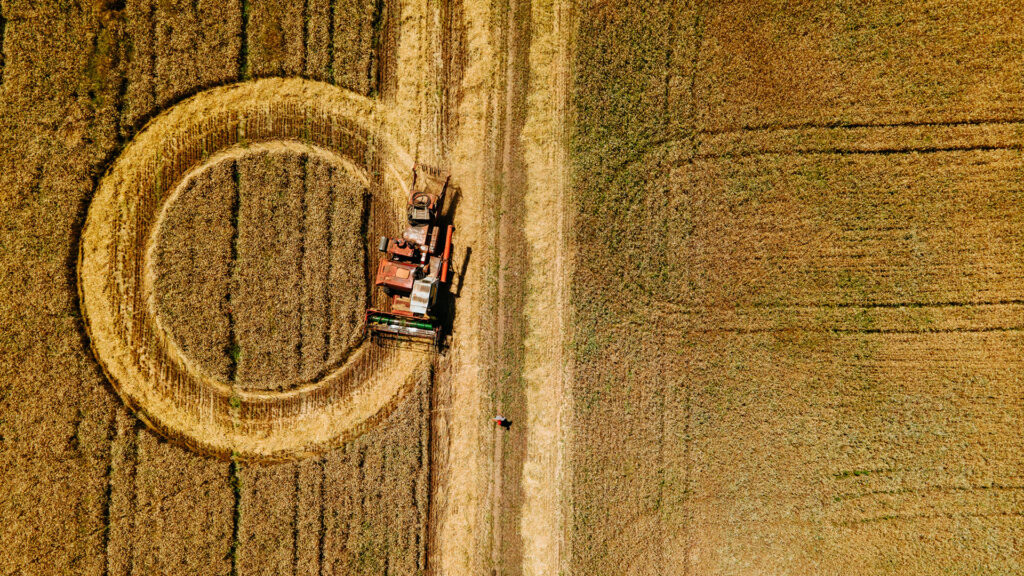
What is system dynamics?
World is increasingly complex. Human mind simply cannot take all the myriad interdependencies into account. Therefore it is vital to utilise suitable tools and methods if complex systems, such as economy or industries, need to be properly understood. System dynamics offers powerful tools for this purpose.
System dynamics employs mathematics, psychology, quantified human experience, and advanced simulation models. The models function as a virtual control room that visualises the outcomes of various scenarios, thereby aiding in the foresight of long-term impacts of decisions.
System dynamics provides for example
- accurate and transparent information on the timing of the next market turning point
- the ability to test the impact of various events and future trends of your business
- simulation model-based support for your ongoing strategic work with participation in monthly executive team meetings
- the ability to estimate and asses customers’ and competitors’ situations and responses to your actions
- tools to predict and improve your negotiating power in relation to customers and competitors
- ways to reveal drivers behind industry cycles and help for you to capitalise on the knowledge
- and much more.

The various benefits of simulation models include
- Understanding interdependencies – the models elucidate how alterations in one segment of the system can affect the entirety, helping to anticipate and mitigate unintended consequences – an essential aspect in avoiding costly errors in decision-making.
- Experimentation and learning – simulation models provide a risk-free setting for exploring different strategies and learning from hypothetical outcomes without real-world repercussions.
- Communication and consensus building – by making complex processes more comprehensible, these models promote discussions among diverse stakeholders, thereby fostering understanding and consensus.
- Predictive power – simulations enable stakeholders to visualise potential future outcomes, thus facilitating more informed decision-making.
- Cost efficiency – early detection of potential issues through simulations can save significant resources and enhance the efficacy of policies.
In summary, system dynamics through simulation models provides stakeholders with foresight, offering clarity amidst complexity and enabling them to anticipate, adapt, and act with strategic knowledge of the future. This method not only streamlines decision-making but also assists in navigating the cascading effects of decisions, minimising unintended consequences in complex environments.
Here’s how it works in practice
1. We build a structural causal model.
A structural causal model depicts human decision-making – not just this is how it theoretically should go, but this is how it’s actually done. The completely transparent model is
- always built it in collaboration with the client
- based on expert interviews and data analysis
- a tool for finding answers to both one-time problems and perennial issues.
2. We run a simulation to assess and test different scenarios.
Simulation is a risk-free way to test how different measures or events are expected to affect the whole situation or a scenario. Our completely transparent simulations
- reveal unexpected side effects and provide new information on expected effects
- provide confidence in decisions and aid in risk management
- can also be run forward in time, providing foresight.
3. We come up with tangible solutions that can be put to practice immediately.
Based on the structural causal model and simulations, our solutions
- help you describe and understand the behaviour of your operating environment
- support your organisation in running, shaping, and interpreting scenarios
- lead to the confidence to make the right decisions.


